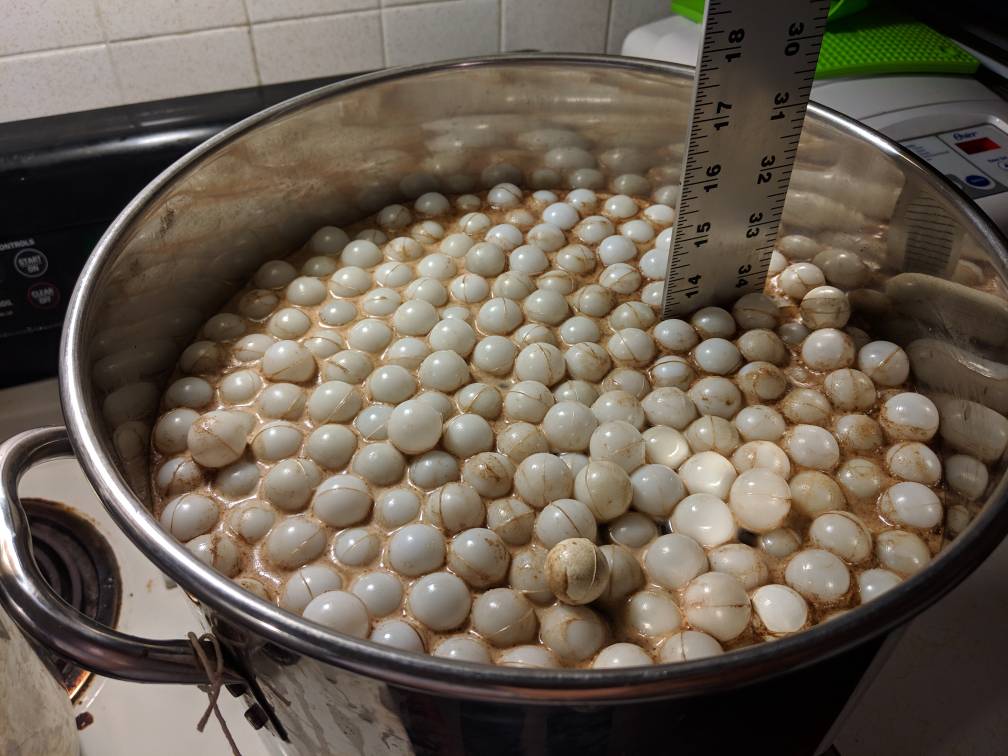Opinions are like your Grandma’s lasagna recipe: Everyone has one and we all think ours is the most delicious.
No one cares about most people’s opinions on the internet. All that matters is the taste of the beer in your glass.
When you find something lacking and want to investigate more, we’ll be here.
@Die_Beerery has a confidence most of us don’t have because he has a level of experience and empirical brewery knowledge that most of use don’t have. That’s an objective truth. You gain quite a bit of wisdom from 1000 batches of beer. Add the fact that roughly half those batches were HIDO, and you start to get a sense of how relevant the other 50% is.
Say what you want about the delivery but it’s criminal to downplay the experience.









